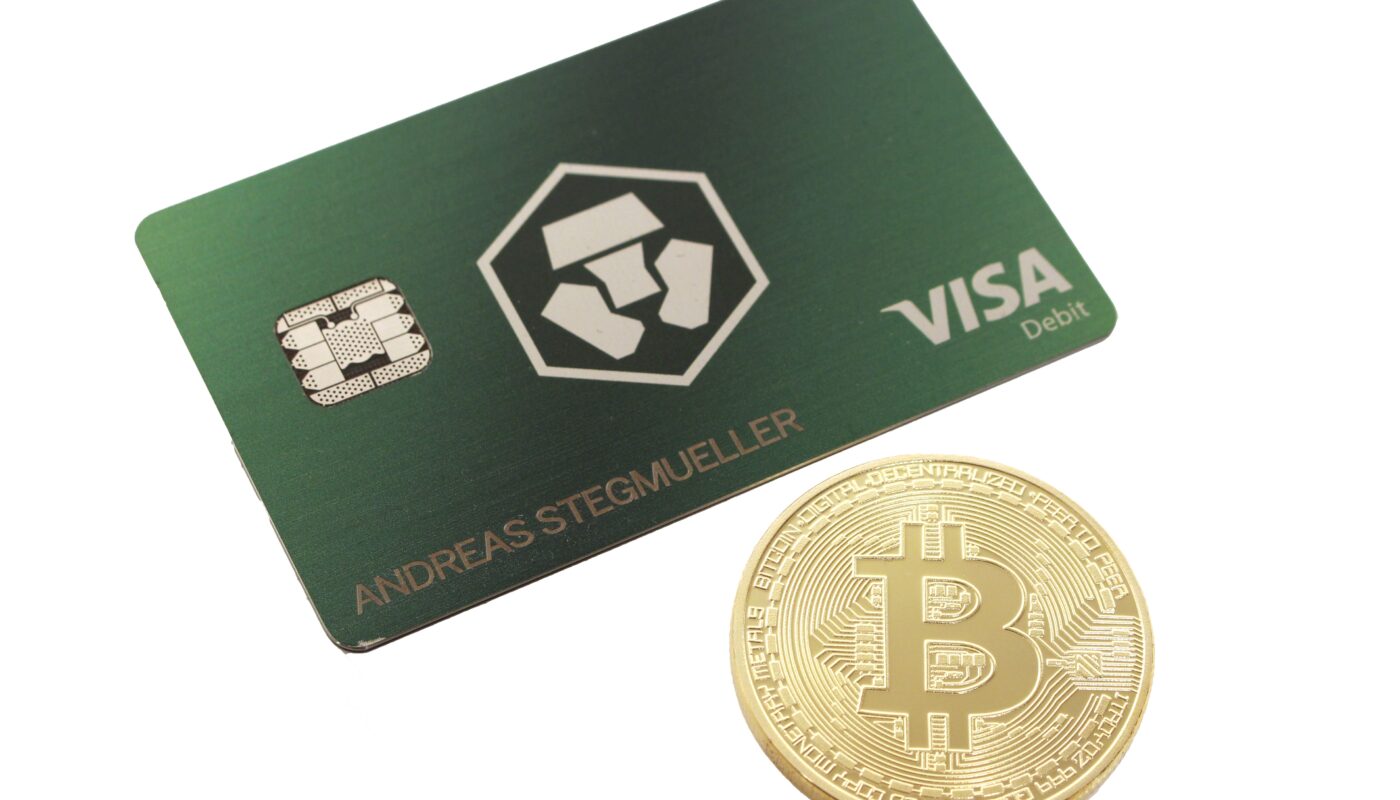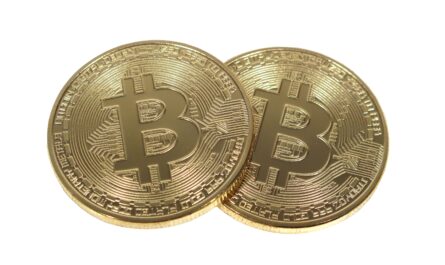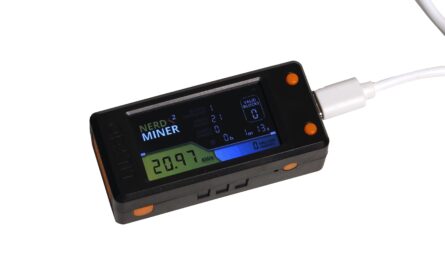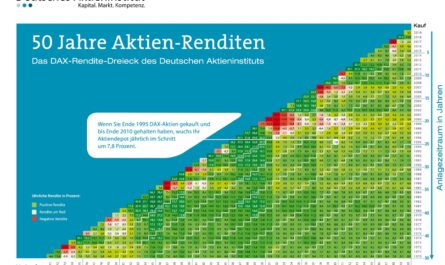Banks go to great lengths to retain their customers at an early age. Once a customer has opened an account, many shy away from switching later because of the supposedly large amount of bureaucracy involved. Individual financial institutions come to schools on World Savings Day and hand out gifts to promote themselves. For me, it was the local savings bank at the time. But I always liked to accompany my parents to the bank branch, because they always gave me sweets and the Knax booklet. That’s why I opened my first account at the savings bank. However, when it came to my education and I was forced to manage my money, I quickly became concerned about the fees.
I realized for myself that I wouldn’t need the standard services – such as a cash withdrawal or a deposit by an employee – and therefore changed banks right when I started my full-time professional life and went to a direct bank. But here, too, things have changed in times of low interest rates: there are hardly any unconditionally free checking accounts anymore, and interest rates, which for a long time still exceeded those of traditional branch banks, have reached almost zero. At my local savings bank, there is not a single cent on the deposit, at my house bank, through which I at least run my cash receipts and distribute them to other accounts before there, there is a proud 0.001%.
The classic call money account in other EU countries
A look at our overnight deposit comparison, which is provided by financeAds, shows something similar: Many German banks now no longer pay any interest at all on the deposit, and if they do, it is a maximum of 0.02 to 0.01%, which is also only paid out once a year and from which the state would naturally also like to have its taxes. So in the end, there is not much left over. If you then factor in inflation, it’s an absolute washout. But a nest egg is an important pillar of our financial investment, which should help us to make ends meet in difficult times or allow us to pay for larger, unplanned purchases without having to take out an even more expensive loan.
If you forgo the German deposit guarantee in a comparison of overnight deposits and look around for offers in other European countries, you will find much more attractive interest rates there, although you will also have to accept a loss of purchasing power in the long term. As far as security is concerned, there is no need to worry too much: In the event of the bank’s insolvency, the European Union’s deposit guarantee scheme takes effect, or the respective country’s government undertakes to compensate customers for their deposits up to an amount of 100,000 euros. Nevertheless, you should not deposit your overnight money in financial crisis countries such as Greece, Romania or Italy. As always, it’s the diversification that counts! Between 0.05 and 0.12% can be expected.
In the time deposit calculator, you place your money at the bank’s disposal over several months and thus receive a higher interest rate. Depending upon selected credit rating and bank there is with a binding of twelve months up to 0,53%, with three-year investment even up to 0,87%. But then the money is tied up for a longer period of time and, in the sense of a nest egg, is therefore not available on a daily basis. Long maturities are therefore not recommended.
Zinspilot and Weltsparen
Another disadvantage is that if you want to diversify across the EU, you have to open an account with many providers. This is cumbersome and can take a lot of time. But there is also a solution for this on the market: the providers Zinspilot* and Weltsparen*. They manage customers’ deposits on a fiduciary basis, take care of the settlement with the respective bank, and in some cases even provide the necessary documents for the tax return. With just a few clicks, you can park your money in European overnight and fixed-term deposit accounts and get a bit of a return. The interest rates are roughly on a par with our overnight deposit and time deposit calculator.
Best of all, new customers even get a bonus of up to 50 euros*, which is a tidy chunk compared to the later interest rates. I park part of my liquid reserves with selected EU banks at Zinspilot*.
P2P loans: Bondora Go & Grow
Those who are willing to increase the risk and can theoretically cope with a total default should take a look at P2P loans. Here, too, a lot has happened in recent years and months, and the investment has become much simpler. In the beginning, you had to select the loans you wanted to invest in yourself, but a little later you were able to integrate a certain degree of automation with predefined parameters. In the meantime, there are completely flexible and passively managed offers, such as Bondora Go & Grow*.
Here, the platform invests fully automatically in a selected loan portfolio and thus does all the work for the customer. In return, the potential return drops to a fixed interest rate that is variable for the platform. At Bondora Go & Grow*, this is currently 6.75%, with interest payments made daily and the ability to cash out immediately each day for a slim fee of one euro. By comparison, Bondora’s Portfolio Manager Pro, which requires you to manage your loan portfolio on your own, usually offers double-digit returns.
With P2P loans, one invests in the loans of others who need money for their consumption or simply a house or car or who, as is common in the Baltic countries, do not have access to a credit system. The platform becomes the bank, shares the risk among all investors and takes care of the approval procedure as well as the dunning or even seizure process. Theoretically, a complete default of individual loans is possible. However, because the platform shares the risk with Go & Grow, there is a certain diversification that lowers the risk.
Let me put it this way: If you invest only 100 euros with Bondora Go & Grow*, you will get significantly more on your investment than with ten times that amount on your overnight money. If the 100 euros are lost, they are quickly recovered in an emergency. I mix P2P loans into my investment, but always keep the nest egg in a call money account.
If you sign up via the link of TradingForFuture.com*, you get 5 euros on top, which makes the first repayment completely free and already made a bit of return!
Lending from Stablecoins
Another short-term investment that is also very risky is lending so-called stablecoins on crypto exchanges. Stablecoins are cryptocurrencies that replicate the value of another asset, such as a classic fiat currency like the US dollar, or precious metals and the like. They promise a stable value in digital form and were actually designed to quickly convert a coin into a traditional asset without having to expensively leave the respective platform. Those who want to sell coins on a crypto platform must instruct the platform and its bank to execute a traditional transfer, which comes with fees. With stablecoins, such as USDC or USDT, one virtually bypasses the bank and remains in the crypto space, but receives a coin that stably represents the desired currency.
On various crypto platforms, such coins are therefore needed in large quantities. In order to have the necessary liquidity available, many crypto exchanges entice with high interest rates, which can either be made available on a daily basis or over a longer period of time like a kind of fixed deposit account. We had already shown how this works in a separate article on Crypto.com.
In the meantime, we have invested a part of our liquid funds at Crypto.com in USDC*. Every month, a new 3-month term is freed up and when not in use, it is simply invested again for three months. Thanks to our Jade Green Visa card, we get paid a whopping 12% APY in USDC weekly for this, beating out any cash investment from a traditional bank. In the flexible and daily available contract we still get paid 8% APY by Crypto.com. Those who do not have a Visa card from Crypto.com or a smaller card animal are still credited with 6% and 10% APY. For the four-week investment, on the other hand, there are 8 and 10%.
The high interest rates stem from the fact that there is, of course, a second medal from Crypto Earn. On the other hand, users of the platform can borrow the coins at sometimes significantly higher interest rates, for example, to be able to trade on margin on the exchange.
Again, the entire deposit can be completely gone if the platform disappears. The company behind the USD coin can theoretically also disappear from the market at any time. Here, once again, you can counteract more with diversification on different coins and exchanges and lower the risk. We also say here: 100 US dollars invested in it significantly exceeds the return on traditional investments. A part can therefore not hurt despite the potential risk of loss!







